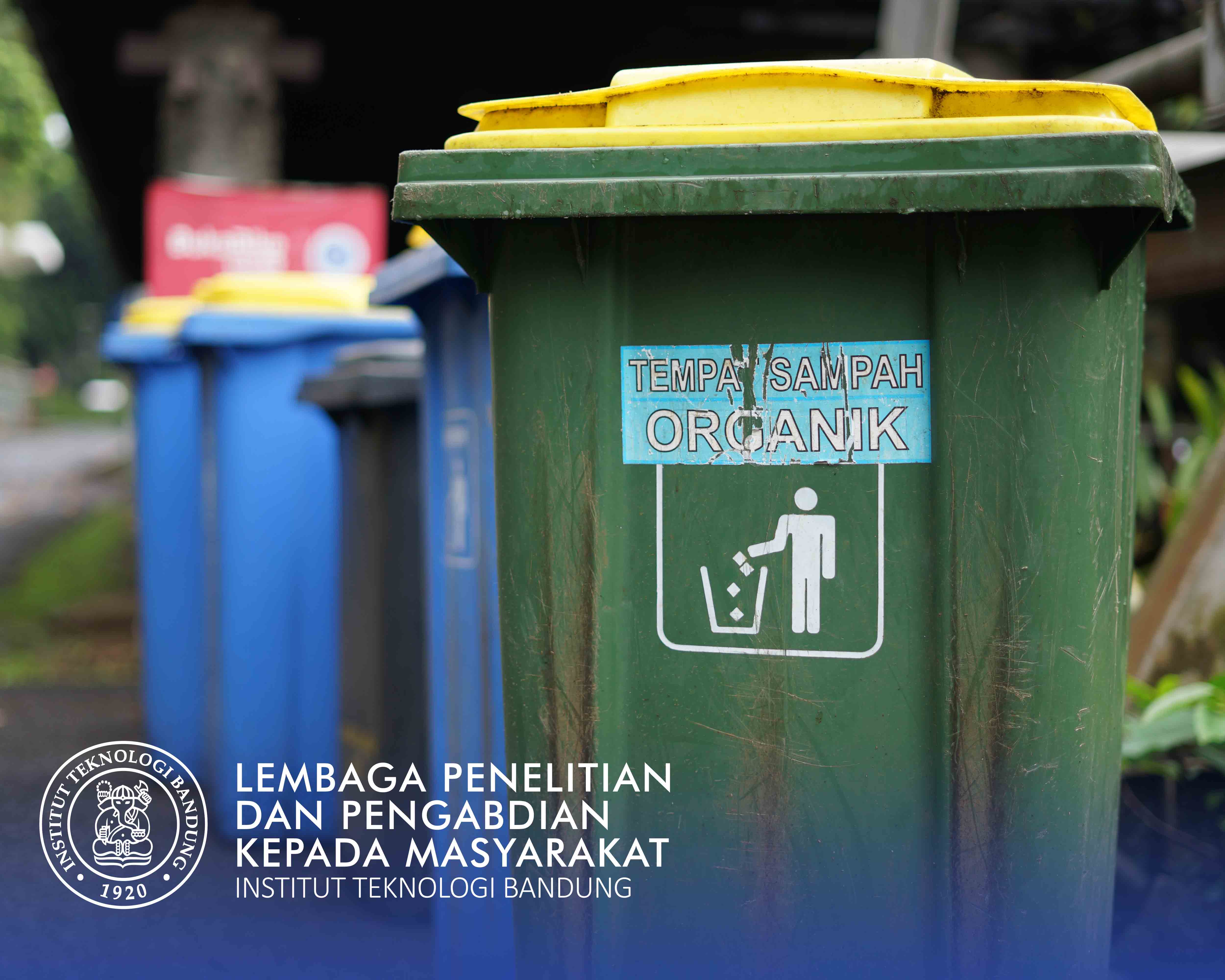

Agustania Tjahjadimulja
Along with the rate of population growth in an area, the amount of organic and non-organic waste will continue to increase as a result of increasing public consumption factors. If this is not balanced with waste processing education, it will result in the accumulation of more and more waste. This condition causes waste processing to be carried out independently at the local level and this often becomes a new problem with limited knowledge and information regarding waste processing. Common activities carried out include burning rubbish, landfilling it, or utilizing river flows for waste disposal. In the long term, this situation results in several problems such as increasing cases of ISPA, flooding, decreasing water and soil quality, and becoming a source of several infectious diseases such as diarrhea and dengue fever.
This condition is of concern to the Resource Management Scientific Group Hayati (KK MSDH) to transfer knowledge related to waste processing which can become a new economic activity with minimal health risks. This service activity is carried out by providing training on several appropriate technologies and waste management knowledge to the people of Cipameungpeuk Village, South Sumedang District, Sumedang Regency who are the targets of this service activity. From the results of training and practice in handling waste by making biopores around people's yards, it can increase people's motivation to manage household waste into organic fertilizer. The organic fertilizer produced by the community can be used as fertilizer in cultivating vegetables in the yard.
Socialize organic waste processing methods using bioconversion methods to the wider community. Develop organic waste processing technology at locations where organic waste is produced based on local resources.
Increased public knowledge in processing organic waste to produce economically valuable products that can be used as part of agricultural and livestock activities or sold. Increasing income is associated with reducing production costs from common agricultural activities. Improving environmental quality in terms of physical and social health where there are new activity models that can be carried out by community groups.